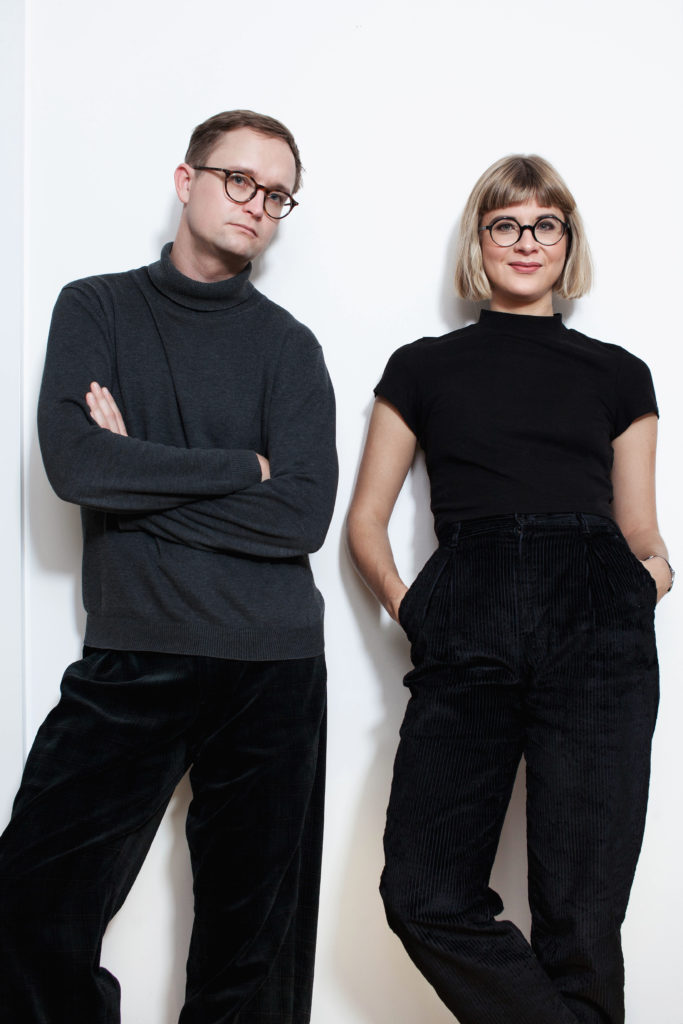UNKNOWN
Spatial Poetry Spatial Illusion Spatial Design Poetry Design 〉 Mariann Drell
Who Made This? 〉 Roland Reemaa
An Oeuvre on a Potato Field 〉 Diana Drobot, Päär Keedus
PERSONAS
Acknowledging Unnoticed Architecture 〉 Merle Karro-Kalberg
PROJECTS
Imavere Rapeseed Oil Factory — Things that Matter 〉 Kristel Niisuke, Margus Tamm
Fotografiska in Tallinn — Matured End of Season Berries with Champagne Foam 〉 Maarin Mürk
Rannamõisa Ritual Building —From a Funeral Home to a Ritual Building 〉 Kaia Tungal
TOGETHER
Call and Response 〉 Hans van der Heijden
East: Negotiating Projects 〉 Laura Linsi
Public Dark Rooms in Urban Space: Fragments from the Tallinn History of Sexuality 〉 Rebeka Põldsam
Author
The autumn issue of Maja magazine explores the role of the author in architecture. One way of approaching the theme is to look at projects that seemingly lack authorship, remain unknown or anonymous. The aim of this issue is to distance oneself from the pressures of the signature and the brand. Instead, we seek for quality in spaces, which in some aspect or another remain unknown. This quality may implicitly lie in collective authorship, in search for alternative ways of practicing, in urban anonymity, in collaboration integral to planning public spaces, in the influence of what’s already in existence, in a layman’s shed, in forgotten spaces, in technical machines or in a place and moment that is recognisable solely to a certain group of people or to a single explorer. The knowns and unknowns are relative – what is unknown to some is known to others.
It is easy to subject architecture to the logic of trade and branding, where a unique masterpiece and its author become used increasingly more as devices to shape the built environment. On this background, perhaps the most challenging task for architects today is to work with ordinary spaces where design does not dominate over the space itself, where existing conditions inform proposals, where communities take responsibility over the use, the creation and the maintenance of space. These are qualities and opportunities that allow architecture to take shape along the way. The results may well be unexpected to clients, users as well as authors.
Editor-in-chief Kaja Pae
Guest editors Laura Linsi, Roland Reemaa
October, 2019






